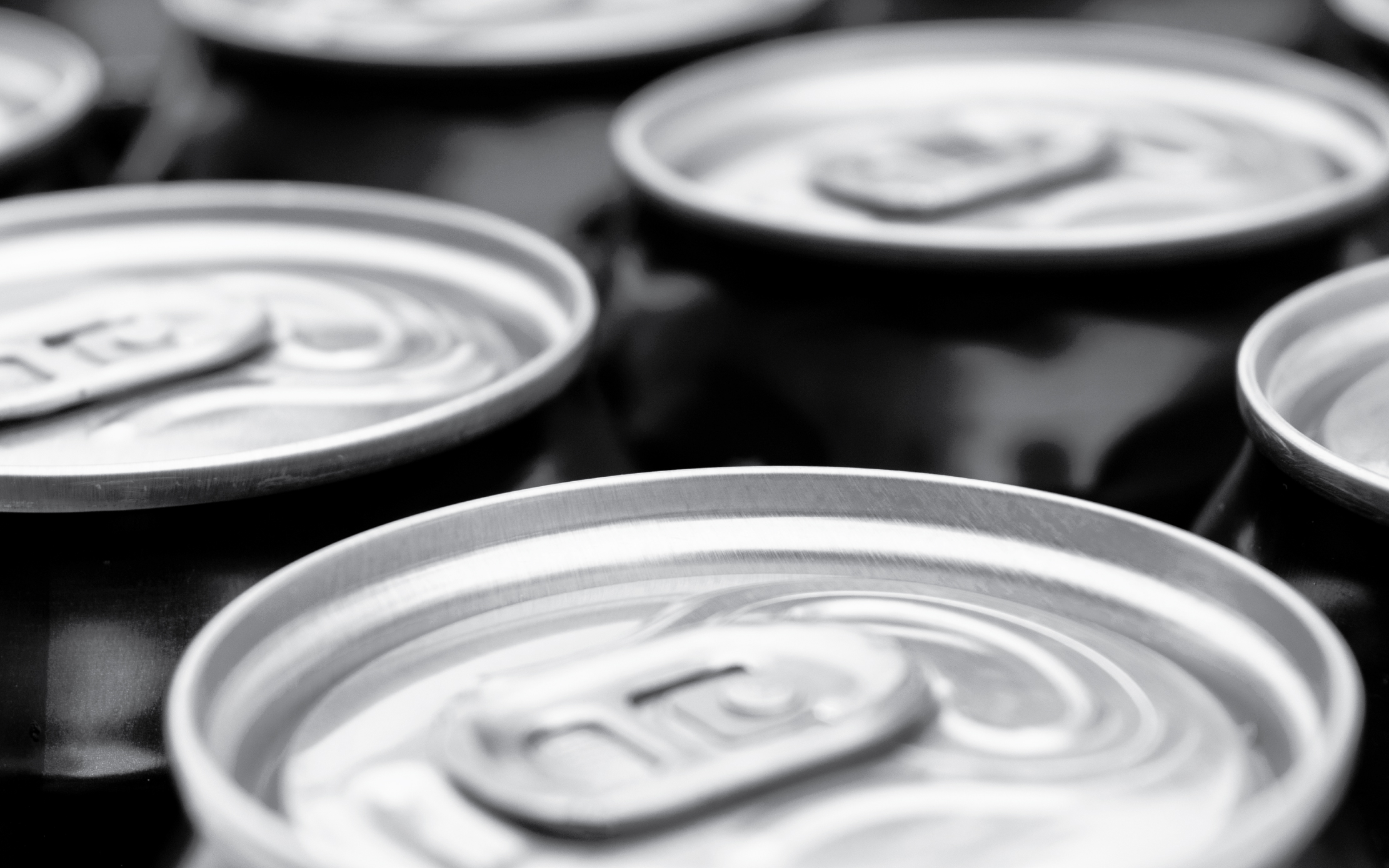With 5000 times the abundance and the ability to store four times more energy in the same space, it’s no surprise that aluminium is being hailed as an eco-friendly, cost-effective alternative to lithium-based energy storage.
“Rechargeable aluminium-ion batteries represent one of the newest and most promising battery chemistries in development,” said Zhi Wei Seh, a Senior Principal Scientist at A*STAR’s Institute of Materials Research and Engineering (IMRE). These batteries can meet the growing demand for high-capacity, sustainable energy solutions in infrastructure and transportation, powering large-scale applications such as grid storage and electric vehicles.
Still, rechargeable aluminium-ion batteries have yet to become mainstream, largely due to a persistent issue: an oxide layer forms on the aluminium anode, reducing its efficiency and shortening battery life.
“This layer resists ionic movement, making the charging and discharging process very inefficient,” Seh explained. “While there are methods to overcome this, such as using corrosive electrolytes to dissolve the layer, they are often impractical on a large scale.”
In an effort to develop long-lasting, high-efficiency rechargeable aluminium-ion batteries, Seh and colleagues explored how a novel protective coating on the aluminium anode can prevent oxide formation while allowing sufficient ionic mobility at the same time.

Schematic 3D illustrations of the artificial interphase’s role in facilitating plating/stripping for the cycled aluminium (Al) electrode, as well as providing surface protection.
© A*STAR Research
The researchers, alongside collaborators from University of Gothenburg, Sweden; ShanghaiTech University, China; and Synchrotron Light Research Institute, Thailand; developed an artificial protective interphase using a bismuth chloride (BiCl3) additive. The interphase, formed by an additive in the battery's electrolyte, reacts with the aluminium anode to create a scalable bilayer that reduces oxidation, improves electrochemical activity, and enhances battery functionality through its cationic and anionic components, said Seh.
“Crucially, this ‘shield’ allows for more efficient charge and discharge cycles by lowering the energy barrier, or overpotential, required for the process,” explained Seh.
Tests showed the BiCl3-modified electrolyte reduced overpotential to below 0.1 V, meaning the battery charges and discharges with less energy. This, along with over 4,000 hours of stable performance, outperformed current standards. The simple one-step dip coating process also makes aluminium-ion battery production scalable and cost-effective.
“This chemistry is likely to gain popularity, particularly in scenarios where raw material supply constraints affect the current Li-ion battery technologies,” said Seh.
Seh pointed out that rechargeable aluminium-ion batteries hold great promise, but their research on anode inactivity is just one step forward in a field that still faces many challenges. The researchers have been working to optimise aluminium anodes in non-corrosive electrolytes, with two studies already published and a third currently in progress.
The A*STAR-affiliated researchers contributing to this research are from the Institute of Materials Research and Engineering (IMRE).







